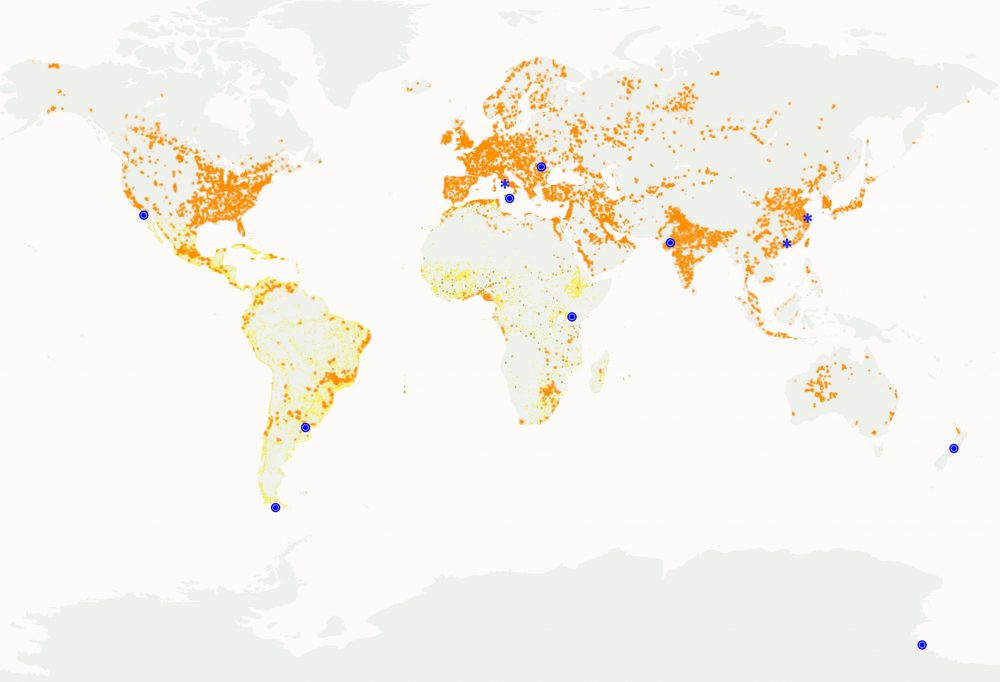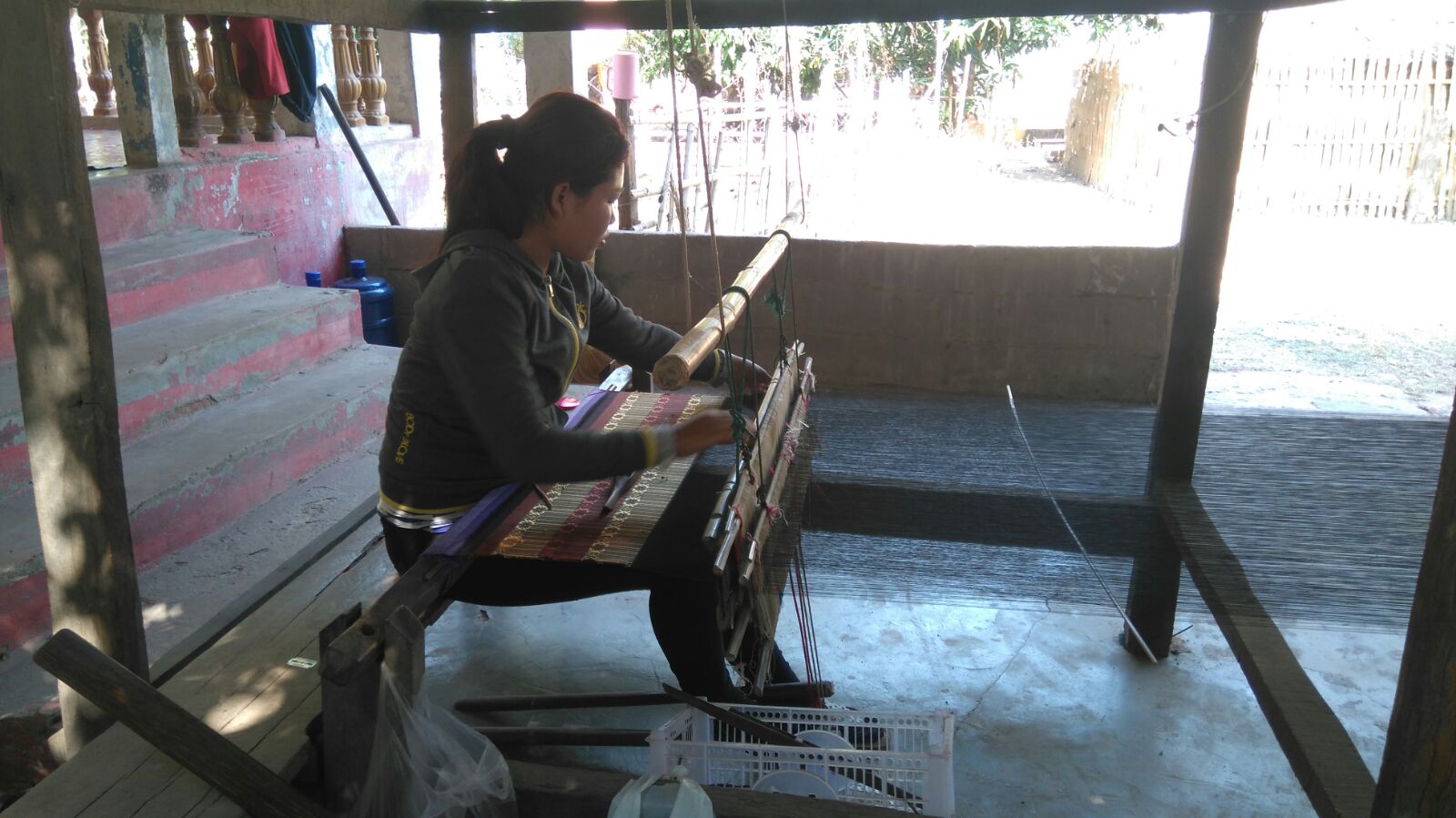EDITORIAL
THE WORLD IS POP
by the PDA editorial staff

Where people live?
THIS WORLD MAP SHOWS WHERE PEOPLE LIVE. ITS ELABORATION
WAS POSSIBLE THANKS TO THE SATELLITE
PHOTOS OF THE HIGHLIGHTED AREAS OF THE PLANET DURING
NIGHT (IN ORANGE) AND THE DATA OBTAINED FROM
DIFFERENT AGENCIES SUCH AS THE UN (IN YELLOW).
IN THIS ISSUE, PDA # 8 WILL PROPOSE TO YOU ARTICLES
REGARDING THE MARKED AREAS (CIRCLE).
*
PDA # 7 WAS IN CHARGE WITH THE SHANGHAI AND
GUANGZHOU TOPICS, WHILE # 2 PDA CONTAINS DIFFERENT
ARTICLES FROM ROME.
Esiste nel mondo un’antica capanna che è stata abitata solo poche volte nel corso della sua storia centenaria da intrepidi esploratori. Nonostante si tratti di un edificio in legno di un centinaio di metri quadrati in totale, la Nuova Zelanda ha speso negli ultimi anni circa quattro milioni di dollari per il suo restauro e la sua conservazione: il costo del recupero di un grande monumento storico. Questa singolare costruzione sorge sull’isola di Ross, in Antartide e fu usata dal celebre inglese Scott, nel suo (fallito) tentativo di arrivare per primo al polo Sud geografico del nostro pianeta nel 1911.
Oggi come allora quello che stupisce i pochi visitatori che riescono a visitarla, tramite un permesso speciale, è la facilità con la quale si entra in una condizione domestica e familiare: la cucina, le stoviglie, la stufa e il suo pennacchio di fumo, tutto concorre a identificare questa capanna, lontana 17.000 Km dalla nativa Londra, come “casa”.
Perchè è importante la capanna? La prima forma di abitazione costruita che l’uomo abbia concepito abbandonando la grotta, essa è ancora oggi usata, come un archetipo sopravvissuto ai secoli nella nostra immaginazione, in maniera quasi inconscia. Viene usata come abitazione dalle popolazioni in cui non è ancora giunta la costruzione moderna di tipo industriale, come dai coloni ed esploratori, e in generale quando non è possibile far arrivare mezzi meccanizzati in luoghi impervi: e ancora per tutti è “casa”.
EDITORIAL
THE WORLD IS POP
by the PDA editorial staff – translation by O. Caruso

weaver at the textile village of Don Kho, southern Laos. Photo by Luigi Cavallo
There is an old hut in the world that was inhabited only a few times during its centennial history of intrepid explorers.
Although it is a total of one hundred square meters wooden building, in the last few years New Zealand has spent about four million dollars for its restoration and conservation. This is the cost of recovery of a great historical monument.
This unique building is located on the Ross Island, in Antarctica and it was used by the well-known British named Scott in his (failed) attempt to arrive first at the geographic South Pole of our planet, in 1911.
Today, as then, what surprises the few visitors who are able to visit it, only with a special permission, is the ease in which they interpret the domestic and familiar condition: the kitchen, the dishes, the stove and its plume of smoke, everything helps to identify this hut, 17,000 km away from its native London, as “home”.
Why is the hut important? The first form of building which man conceived, compared to the cave, is still used as an archetype which has been surviving for centuries in our imagination, in an almost unconscious manner. It is used as a residence by the people who have not yet known the modern industrial construction, like the settlers and explorers, and, in general, when it is not possible to make mechanized vehicles arrive in inaccessible places: even today for everyone is “home”.
